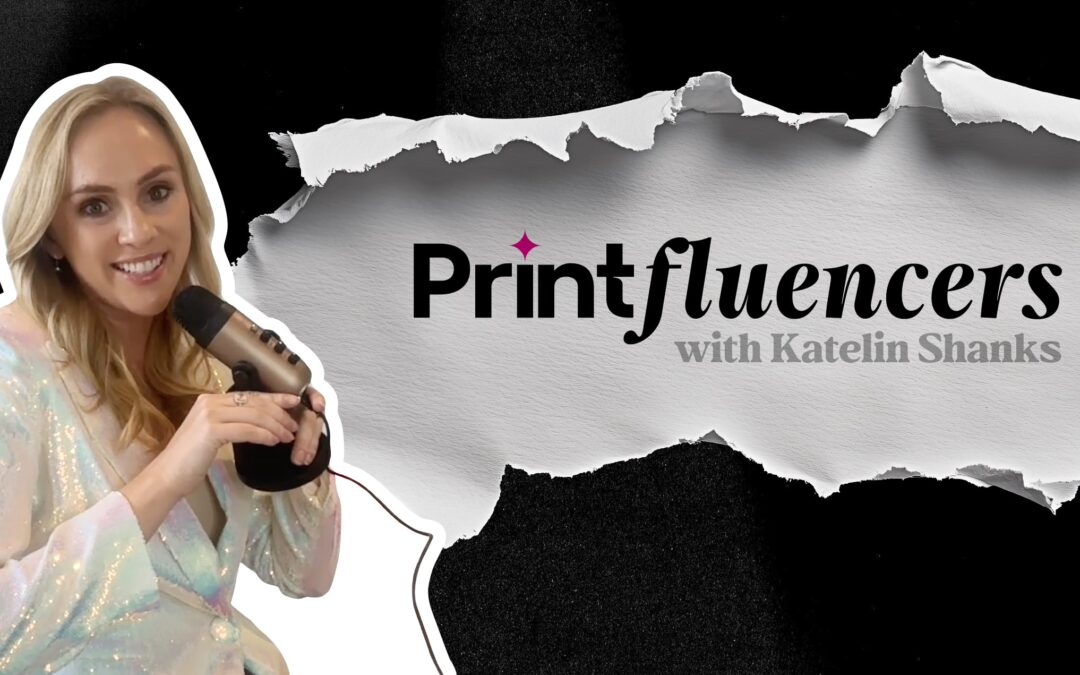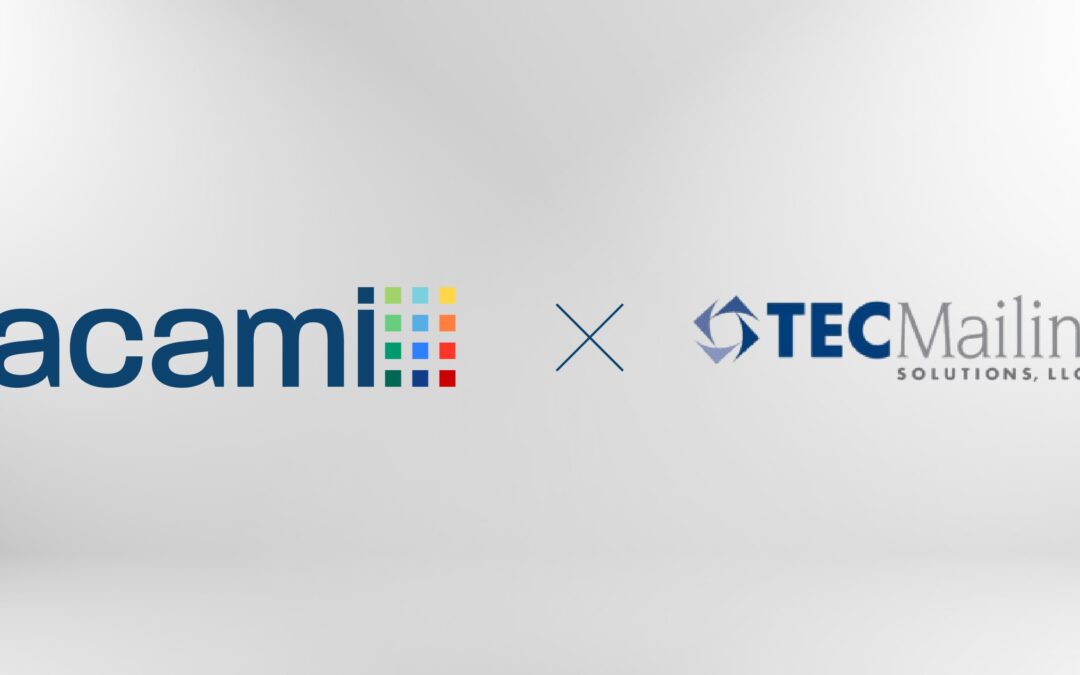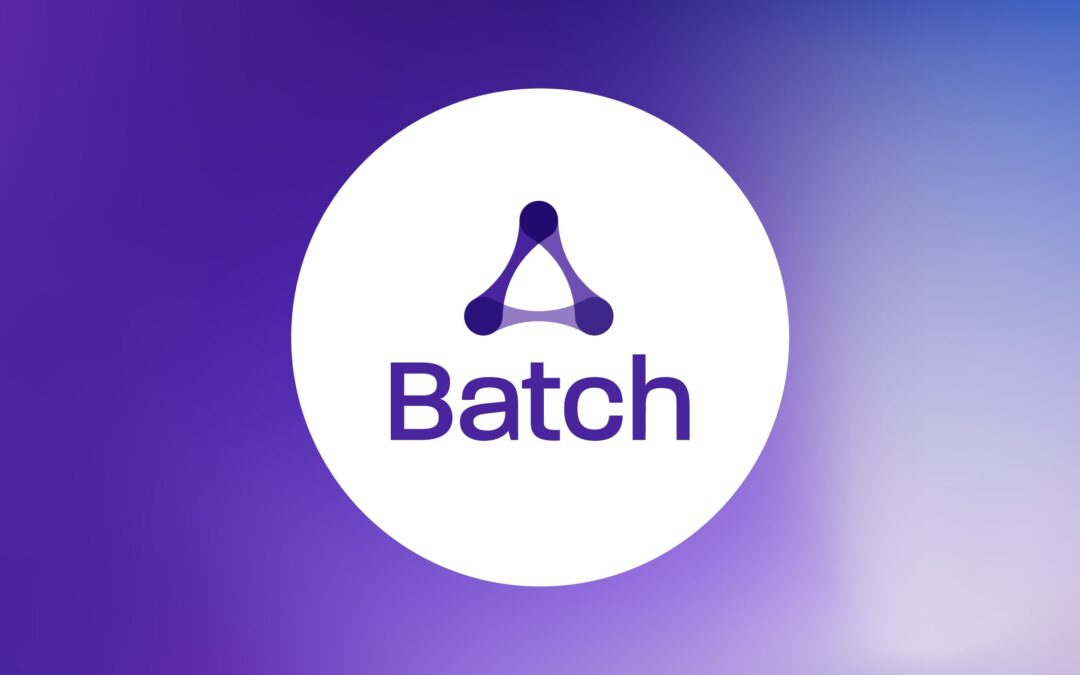The continuing COVID-19 pandemic, an up and down economy, and changes in postal rates and delivery standards affected customer Communications Management (CCM) in 2021. Managing customer communications will be increasingly important in 2022 because customers expect rapid communication despite omnipresent environmental and market challenges.
Multiple CCM Platforms
Though the trend is towards a single platform to handle CCM, most organizations still struggle with maintaining and integrating multiple platforms. In 2022, eliminating data and functional silos and implementing a single vision is the goal. Technology, people, and processes are often fragmented by organizational structure. A single CCM platform allows companies to develop more comprehensive and personalized omnichannel communications. A single platform is more complex to manage than siloed solutions, but it is the means for personalized and targeted messaging.
Staffing
Staffing is another trend to watch in 2022. You have only to visit your favorite restaurant or retail shop to see the effect of insufficient workers to fill available jobs for most industries. That means fewer workers for manual CCM tasks and a greater focus on automation.
Interactivity and Personalization
Contrary to the batch-dominant environments of the past, many documents are now (or should be) produced in response to customer actions. Someone who requested information on a webpage may trigger a response. Other “trigger” events include customers reaching a milestone based on a date, purchase activity, or change in credit rating. Triggered mail is growing because it brings together the physical and digital worlds to create a unique customer experience (CX). Organizations should be present in any channel where their customers are and leverage the strengths of each one. That requires an environment where formerly separate processes work together.
Artificial Intelligence and Machine Learning
Artificial Intelligence (AI) for modern document production and distribution workflow is trending from an idea to deployment. Many repetitive tasks in document processing workflows are well suited for an artificial intelligence application that simulates the intelligence of humans in machines. Machines adjust to new information and perform human-like tasks. Interest in these technologies as a way to streamline production or improve the quality and effectiveness of customer communications has increased at a rapid rate. AI will determine who receives documents, the content, and which documents produced.
Business Processing Outsourcing vs. In-House Operation
Print and mail continue to be outsourced by companies that are focusing on their core competencies. In light of the staffing difficulties, organizations that were on the fence to outsource or not have pulled the trigger, deciding they no longer wanted to manage an in-house print/mail department. This trend will probably continue in 2022.
Companies tend to keep electronic communications in-house. As the systems that manage these messages consolidate, the value of having tighter control over the data increases. Establishing connections to triggering sources like CRM systems will outweigh any cost savings or convenience benefits of outsourcing electronic communications.
System Integration
A typical document production environment uses equipment and software from a variety of providers. Print and mail services often add new equipment or software when they bid on a job, win it, and add equipment to process the work. When purchased as point solutions, systems may not integrate easily within the document production workflow. Separate processes require manual intervention and take more time than an automated process.
Print/mail providers will have less time to produce a completed job in 2022. Clients do not care about staffing issues or slower postal delivery. Meeting customer speed and turnaround expectations requires integration. Companies that offer CCM workflow integration solutions can bring all production floor hardware and software together. Consulting with an unbiased, third-party integrator to assess and connect systems from different manufacturers is a great way to begin your workflow automation project.
Conclusion
CCM processes are evolving. The impact of COVID, economic uncertainty, and changing postal delivery standards all play a part. Technology advancements are changing how companies decide which communications to send, when to send them, what they say, and how they are distributed. Automation and AI will play a part in many aspects of customer communication in 2022.
Simply shopping for a piece of software does not address the CCM challenges of 2022. Organizations need help with integration challenges and are looking for knowledgeable resources to design and implement the changes. The Alchem-e™ platform from Racami is workflow automation software that tracks and advances a print and mail job from when it arrives as an electronic file until finished documents are delivered. The Alchem-e™ dashboard gives access to the production environment by connecting technologies, systems, and processes from all CCM hardware and software vendors. An Alchem-e™ integration gives print mail providers control over automation, throughput, profitability, and risk management.



